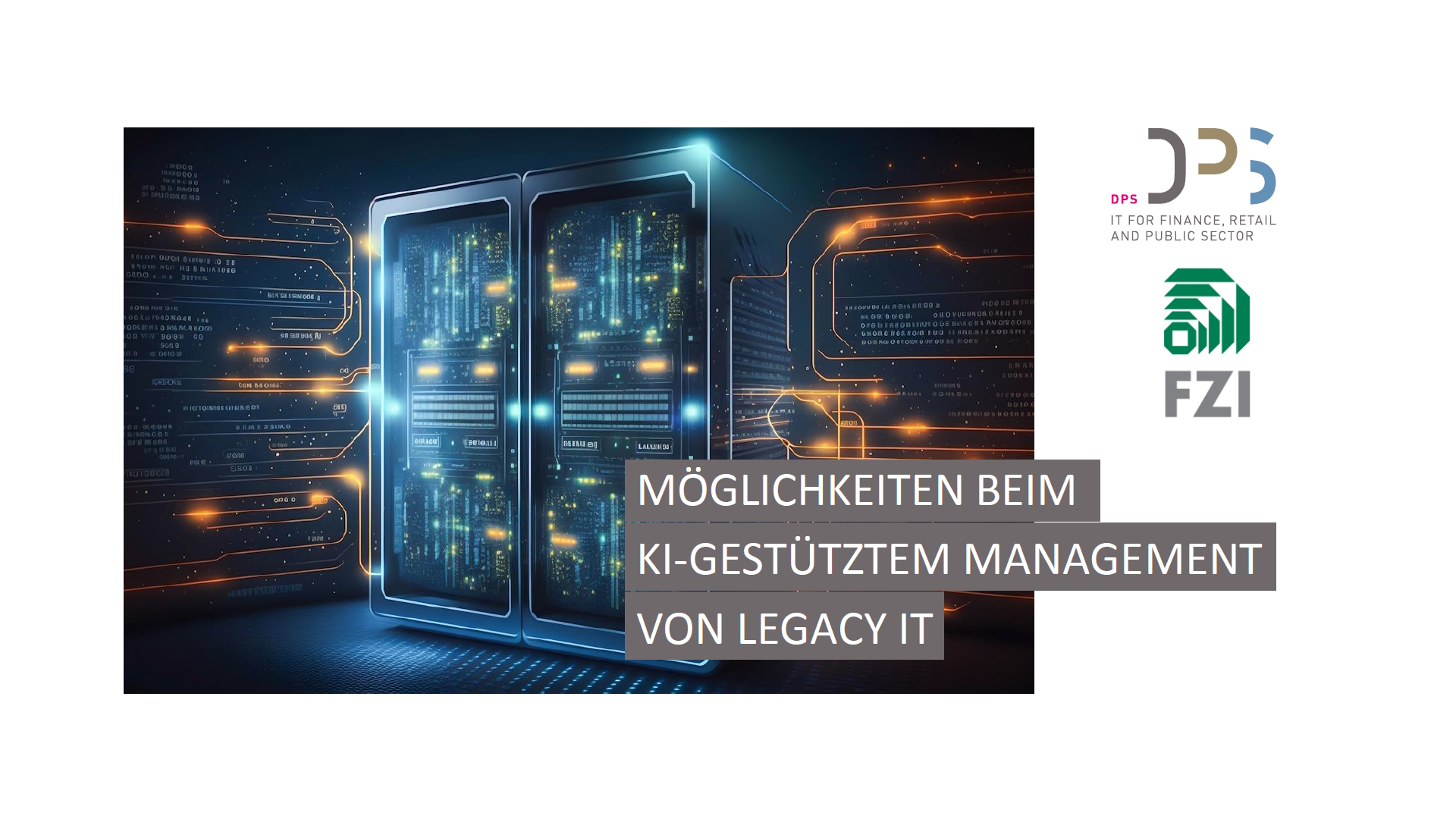Supporting legacy software systems poses great challenges for banks and building societies. In the following, it will be illustrated how using external Sunset Application Management can save costs and free up HR resources.
Sunset Application – the sunset image used is ultimately a soft focus lens on a problem of local financial institutions, which has been existing for a long time. Historically, established banks usually have a complex, individually-implemented application landscape on the mainframe (legacy systems), which is implemented in obsolete programming languages such as Assembler, COBOL or PL1.
To keep abreast with digitalisation and, as such, with the times, banking houses are renewing and supplementing this “crusted” landscape with new technologies and the use of standard software. This restructuring process is lengthy, costly and time-consuming. It also ties up important personnel capacities – exactly because the know-how of the key resources is always in demand. At the same time, there are fewer and fewer available employees for the balancing act between conversion projects and the support of legacy systems. The reasons for this are demographics (partial retirement, retirement) on the one hand and the lack of junior members of personnel who feel comfortable in the mainframe environment and in legacy IT on the other.
Regardless. The booking and back-office processing systems, in addition to the building society applications or securities transaction and payment systems are elementary for the operational business of the institutions. With a view to the timing of decommissioning – these systems need to run very stably and receive professional and trouble-free support during ongoing operations, during maintenance and during change issues.
In addition, it needs to be said that, far too often, the acceleration of the required transition from outdated legacy systems to modern application landscapes is still slowed down, if not downright prevented, by the resources tied up in legacy systems.
External service providers and banks: A trust-based foundation is crucial
External Sunset Application Management can support financial service providers in overcoming the aforementioned challenges. For example, thanks to many years of expertise in the mainframe and banking environment, a specialised DPS team is ready to assume responsibility for the legacy systems, rapidly and cost-effectively. As such, the bank’s own specialist personnel can concentrate on internal digital transformation, application standardisation and the implementation of the technologically new application landscape.
Within this context, a trust-based relationship between the external partner and the commissioning financial service provider is important. This is the case with long-standing clients, because of numerous joint projects and the existing application management responsibility, which already exists in part. With new clients, though, proof of competence must first be provided. Here, in our experience, successfully-implemented proof-of-concepts or mutual piloting projects are helpful. The professional, technical and methodological knowledge documented in these projects creates the basis of trust for successful cooperation. Nevertheless, the duration and scope of these piloting or takeover phases, which may involve several stages, ultimately depend on the number of legacy systems and their complexity.
Apart from demonstrating expertise, it has been our experience that communication is also an elementary building block of project success. Here, the topic of working language is to be mentioned. Especially in the “outdated” legacy systems’ environment, numerous more senior employees, who focus almost exclusively on the German language, are found. An external partner has to take this into consideration with its staffing.
The following points are indispensable for successfully implementing a project:
- Absolute clarity must be present with regard to the legacy systems that are to be replaced and decommissioned. This includes a planning horizon, individual stages and time periods over a period of at least two years.
- The determination and realisation that internal knowledge carriers can be better deployed for other tasks, or that there are not enough internal know-how carriers for (Sunset) Application Management.
- A brief selection and piloting process for Sunset Application Management, with the help of a competent and professional partner.
Once these points have been clarified, a project can be split into the following phases:
- The important piloting, as already described above.
- Clarifying the scope – for example: Compliance, governance, being on-call, SLAs, right up to maintenance content.
- The takeover phase, with the finalisation of the know-how transfer and the testing of all methods and processes.
- Handover and transfer of application management responsibility to the external provider.
What are the key benefits for the commissioning bank?
The internal knowledge carriers of a bank or building society can fully concentrate on transformation projects and new technologies. Meanwhile, the external partner guarantees secure processing of the requirements in the run for the legacy systems. Not to be forgotten: the risk reduction of operational stability at low costs. Last but not least: With and after the shut-down of the legacy systems, the contract with the external partner ends. The knowledge carriers involved on the bank side can also be used for new applications with their acquired knowledge. Old specialists turn into new specialists for future-oriented software applications.
For more information about DPS’s Legacy IT services, please see here.
Do you have any questions about this topic or need advice? Feel free to contact us.











